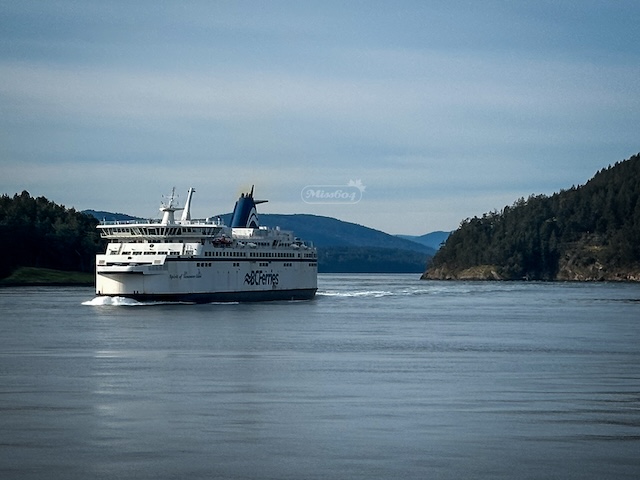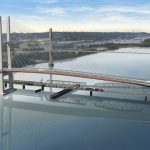BC Ferries to Get Four New Vessels
The independent BC Ferry Commission has approved the procurement of four New Major Vessels (NMVs) to help move forward BC Ferries’ long-term fleet renewal plans.

BC Ferries to Get Four New Vessels
The decision today fell short of the five requested vessels, and the commission has also highlighted significant challenges facing the ferry system, primarily the systemic funding gap, that will need to be addressed for customers and communities to benefit from the level of service they expect.
From BC Ferries:
This decision identifies two main areas of uncertainty that are foundational to the health of our marine highway in British Columbia:
- There is a systemic funding gap and significant investment is needed to deliver even the same level of service as today, either by taxpayers or customers through fare increases; and,
- There is disagreement about future traffic demand pressures and what ferry customers see as acceptable levels for waits, delays, and risks of mechanical breakdowns.
BC Ferries had proposed to procure five vessels now on a fixed-price basis to add capacity and resiliency on its busiest routes to meet the needs of BC’s growing population, tourism industry, supply chains, and local economies. There are four key areas where the Company’s position and the Commission’s decision differed:
- Affordability: BC Ferries believes that a fifth vessel, which will be needed in the future, will only get substantially more expensive and put even more upward pressure on fares over time. Due to unique market conditions, fixed-price bids, and economies of scale, building a series of five now will be significantly cheaper than building one or two at a time. Independent market experts agree that the favourable conditions for the current shipbuilding procurement process that BC Ferries has conducted will not be repeated, meaning costs for future ships – and fare pressures – will certainly be higher tomorrow than today. Further, supported by business leaders in the province, there’s a real question about whether the system can afford not to keep up with demand and what harms that could risk for taxpayers, local economies, the tourism industry, and the province’s supply chain.
- Future demand: BC Ferries’ data shows that the major routes are already almost at capacity during peak season. Long-term planning models submitted as part of the Company’s application to the Ferry Commission, based on BC Stats’ data, were conservative. They identified that there is significant strain on the system today and that without procuring all five vessels now, the risk of waits and delays will be much worse within the next decade than they are today.
- Shifting demand: Through offering discounted Saver Fares on off-peak sailings over the last four years, BC Ferries has successfully created significant additional space on its busiest sailings by enticing customers to choose other sailing times—17% on its busiest route, in fact. While the Company will continue to leverage Saver Fares, reservations, and scheduling changes to manage peak period demand, these tools are already showing diminishing returns.
- Ferry system funding: This is an issue that’s well-understood by the Company, the Commission, and the Provincial government since before the last performance term (PT) submission in 2023, and BC Ferries agrees a long-term fix is needed. However, in this case, BC Ferries can finance the five vessels with no impact on fares until at least 2028. Further, the incremental cost of procuring a fifth ship on a fixed-price basis now relative to the broader system funding gaps is fractionally very small. Government has already committed to working with BC Ferries to identify the best ways to address these systemic issues.
BC Ferries is currently in the middle of a transparent, competitive global procurement process to select the highest quality, most affordable bid for the shipyard that will build the New Major Vessels. This process is expected to complete by early summer.
Related:










